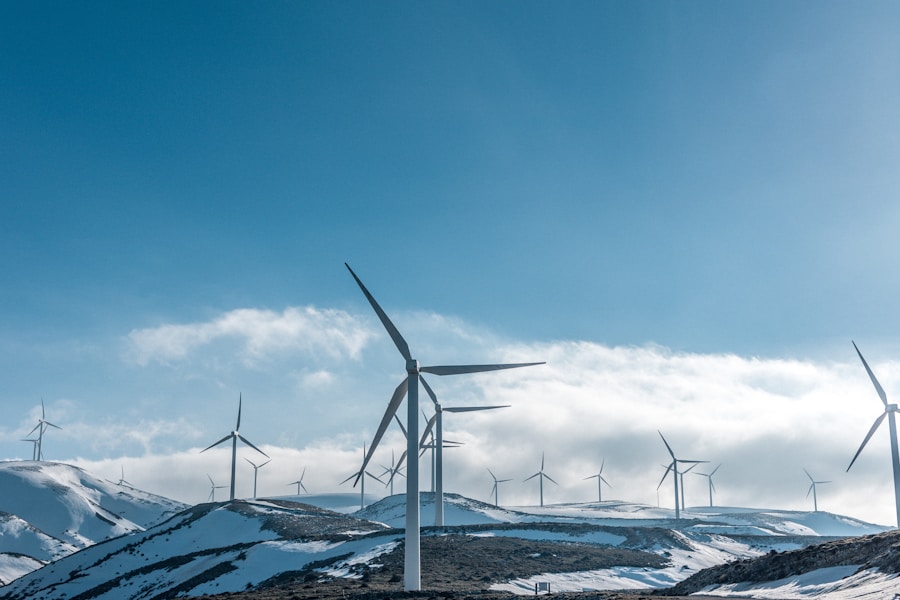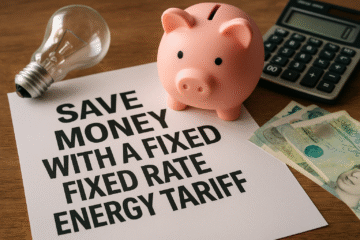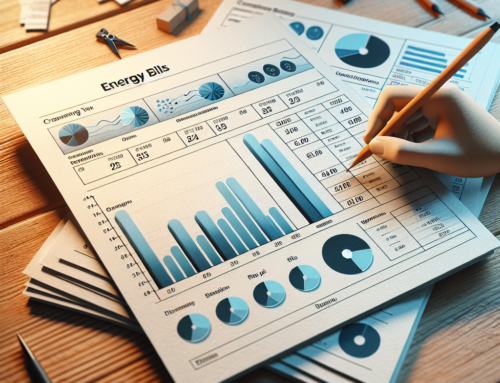Gas and electricity bundles are a convenient way for consumers to manage their energy needs. These bundles typically offer both gas and electricity services from the same provider, allowing customers to receive a single bill for both utilities. This can simplify the billing process and make it easier to keep track of energy usage and costs. Gas and electricity bundles can also offer potential cost savings, as providers may offer discounts or special rates for customers who use both services. Additionally, bundling gas and electricity can provide greater convenience, as customers can deal with a single provider for both utilities rather than having to manage separate accounts with different companies.
Gas and electricity bundles are available from a variety of energy providers, and the specific options and features can vary widely. Some bundles may offer fixed rates for a certain period of time, providing customers with price stability and protection from fluctuations in the energy market. Other bundles may include renewable energy options, allowing customers to support sustainable energy sources. Understanding the different bundle options available can help consumers make informed decisions about their energy needs and find the best bundle for their home.
Comparing Different Gas and Electricity Bundle Options
When comparing gas and electricity bundle options, it's important to consider a variety of factors to find the best fit for your home. One key consideration is the pricing structure of the bundle. Some bundles may offer fixed rates for a certain period of time, providing price stability and protection from market fluctuations. Other bundles may have variable rates, which can change based on market conditions. Customers should carefully consider their energy usage patterns and budget to determine which pricing structure is most suitable for their needs.
In addition to pricing, customers should also consider the renewable energy options available in gas and electricity bundles. Some providers offer bundles that include a percentage of renewable energy, allowing customers to support sustainable energy sources. This can be an important consideration for environmentally conscious consumers who want to reduce their carbon footprint. Customers should also compare the customer service and support offered by different providers, as well as any additional features or benefits included in the bundle. By carefully comparing different gas and electricity bundle options, consumers can find the best fit for their home and energy needs.
Maximising Savings with Gas and Electricity Bundles
Gas and electricity bundles can offer potential cost savings for consumers, but there are several strategies that can help maximise these savings. One key way to save money with a bundle is to take advantage of any discounts or special rates offered by the provider. Many providers offer incentives for customers who use both gas and electricity services, such as discounted rates or cashback offers. By taking advantage of these promotions, customers can reduce their energy costs and maximise their savings.
Another way to maximise savings with a gas and electricity bundle is to carefully manage energy usage. By being mindful of energy consumption and making small changes to reduce usage, customers can lower their energy bills and save money. This can include simple actions such as turning off lights when not in use, using energy-efficient appliances, and adjusting the thermostat to conserve energy. Additionally, customers can consider investing in energy-saving technologies such as smart thermostats or energy-efficient lighting to further reduce their energy consumption. By combining these strategies with a gas and electricity bundle, consumers can maximise their savings and make the most of their energy services.
Tips for Choosing the Right Gas and Electricity Bundle for Your Home
Choosing the right gas and electricity bundle for your home requires careful consideration of several factors. One important consideration is the pricing structure of the bundle. Customers should evaluate whether a fixed-rate or variable-rate bundle is more suitable for their budget and energy usage patterns. Fixed-rate bundles provide price stability and protection from market fluctuations, while variable-rate bundles may offer more flexibility but can be subject to price changes.
Another important factor to consider when choosing a gas and electricity bundle is the renewable energy options available. Customers who are interested in supporting sustainable energy sources should look for bundles that include a percentage of renewable energy. This can help reduce the environmental impact of energy consumption and support the growth of renewable energy technologies. Additionally, customers should carefully compare the customer service and support offered by different providers, as well as any additional features or benefits included in the bundle. By considering these factors and conducting thorough research, consumers can choose the right gas and electricity bundle for their home.
Making the Most of Renewable Energy Options in Gas and Electricity Bundles
Many gas and electricity bundles offer renewable energy options, allowing customers to support sustainable energy sources. By choosing a bundle that includes a percentage of renewable energy, consumers can reduce their carbon footprint and contribute to the growth of renewable energy technologies. This can be an important consideration for environmentally conscious consumers who want to make a positive impact on the environment.
In addition to supporting renewable energy, customers can also take steps to maximise the benefits of renewable energy options in their gas and electricity bundle. This can include being mindful of energy usage and making efforts to reduce consumption, as well as investing in energy-saving technologies such as solar panels or wind turbines. By combining these strategies with a bundle that includes renewable energy, consumers can make the most of sustainable energy sources and contribute to a greener future.
Managing Your Gas and Electricity Bundle to Reduce Energy Consumption
Managing your gas and electricity bundle to reduce energy consumption is an important way to lower your energy bills and make a positive impact on the environment. One key strategy for reducing energy consumption is to be mindful of usage patterns and make small changes to conserve energy. This can include simple actions such as turning off lights when not in use, using energy-efficient appliances, and adjusting the thermostat to conserve energy.
Customers can also consider investing in energy-saving technologies such as smart thermostats or energy-efficient lighting to further reduce their energy consumption. By combining these strategies with a gas and electricity bundle, consumers can lower their energy bills and make a positive impact on the environment.
The Future of Gas and Electricity Bundles: What to Expect
The future of gas and electricity bundles is likely to be shaped by advancements in technology and changes in the energy market. As technology continues to evolve, we can expect to see more innovative features and benefits included in gas and electricity bundles. This may include advancements in smart home technologies that allow consumers to monitor and control their energy usage more effectively.
Additionally, we can expect to see continued growth in renewable energy options in gas and electricity bundles. As the demand for sustainable energy sources continues to increase, providers are likely to offer more options for customers who want to support renewable energy. This may include new incentives or promotions for customers who choose bundles that include renewable energy.
Overall, the future of gas and electricity bundles is likely to be characterised by greater convenience, cost savings, and support for sustainable energy sources. As technology continues to advance and consumer demand for sustainable energy grows, we can expect to see more innovative features and benefits included in gas and electricity bundles, providing greater value for consumers.






